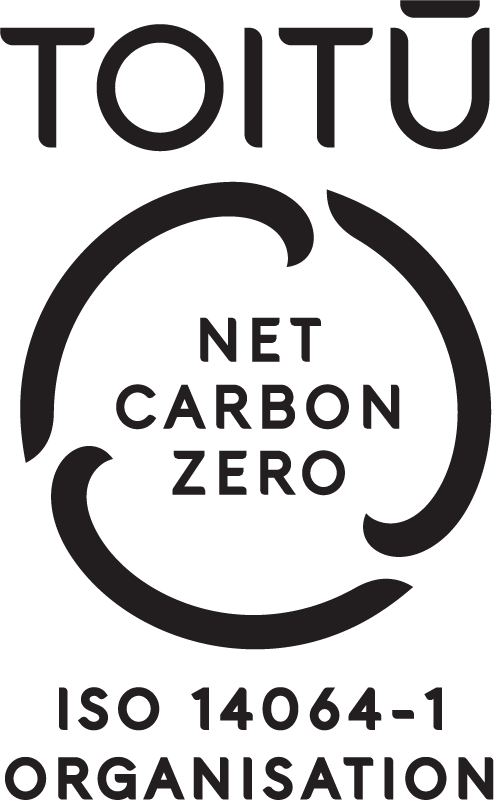
COVID-19 & Market Update - 16 March 2020
16 March 2020May you live in interesting times
There is a very old Chinese proverb (more of a curse really) that goes “May you live in interesting times”. Well, these are certainly very interesting times. Last week’s market volatility reached extreme levels with swings intra-day greater than 10% in offshore markets. As we start this week, there seems to be little change in activity with more volatility likely to occur as governments continue to review border controls and fiscal support.
It is easy to point the finger at COVID-19; however, it is not as simple as that. Certainly, the spread of the virus into Europe and the belated and piecemeal policy responses by various governments are the main cause of the volatility. The OPEC breakdown and Oil standoff between Saudi Arabia and Russia has exacerbated the market tension enormously, with the Oil price falling sharply a week or so ago. Moreover, both these phenomena have seen credit markets, currency markets and liquidity dry up - similar to what happened through the GFC (energy companies overseas are a large part of the high yield bond markets).
Central bankers have seen this type of liquidity squeeze before though, and they know how to win that particular battle. The US Federal Reserve acted last week to inject significant liquidity into the US system. On Saturday morning (NZ time), the US Secretary of the Treasury (Steven Mnuchin) asserted on camera that the US Treasury and the US Federal Reserve would do whatever it takes to maintain ample liquidity in the US financial system.
The liquidity stress was responsible for a reasonable part of the global sell-off on Thursday/Friday and the actions of the central bankers and the Treasury should alleviate that particular cause of the volatility.
So, are we there yet?
Shortly after Secretary Mnuchin spoke, Speaker of the House of Representatives Nancy Pelosi announced a coronavirus economic relief package. An hour later, President Trump gave a press conference detailing what the administration has been doing to increase testing kits and deal with the virus – including wheeling out to the reporters the CEOs of a number of very large US firms engaged with the administration in combatting the outbreak.
The aim of the administration clearly was to reassure the people and the market that co-ordinated action is taking place. Up until then there had been criticism of what looked like a disjointed response. The reassurance, the economic relief package, and Treasury’s willingness to ‘do whatever it takes’ all within hours of each other combined to spark a memorable rally in the US share market – finishing up 9.3% on the day.
Today we have seen the Federal Reserve cut its rate to zero and also launch a $700 billion quantitative easing programme to help combat the current economic downturn. Facing highly disrupted financial markets, the Fed also slashed the rate of emergency lending at the discount window for banks by 125 basis points to 0.25%, and lengthened the term of loans to 90 days.
The short answer is no we are not there yet – at least in economy terms. What the market does from one day to the next, or one hour to the next for that matter, is currently too random to guess at.
The actions of European countries – lockdowns, halting large gatherings and events, and so on will have a significant, but yet unknowable, economic impact. The US block on flights from Europe and Britain too will have a huge impact – remembering that the US economy is largely consumer and services driven. This not a financial recession ala the GFC from 12 years ago. This is an old-fashioned economic interruption and it will take more than liquidity to resolve.
The policy responses so far have been country specific, rather than co-ordinated multi-laterally. As well, the fiscal responses have been aimed at cushioning the economic blow, not actually at kick-starting their economies. Therefore, it is difficult to see how the economic news can be better in the short term. To a certain extent it will need to be seen to be getting worse before policy makers can really know just what levers they should pull.
What about NZ?
So far, our market has had far less impact and volatility than offshore markets (even though it doesn’t feel that way). That changed a little late last week as the liquidity squeeze took effect. Even then our market has remained relatively rational and orderly. To be sure, tourism related stocks have been severely treated by the market – but that too is rational given that is where the global shock has hit NZ so far.
After Friday’s relief rally late in Australia and then in the USA our market would normally have opened Monday on a strong note. Where it gets tricky though is the announcements by the government over the weekend of what amounts to a travel ban. This will exacerbate the current slowdown in tourism and has the potential to drive a recession in the NZ economy. Especially as the announcement implied there may be other measures coming this week in respect of events and public gatherings. So, that could stymie what would otherwise have been a relief rally in NZ on Monday.
This morning the Reserve Bank has cut the Official Cash Rate (OCR) to 0.25%, from 1%, saying the economic outlook has “deteriorated significantly”. Banks are passing the full cut through to their customers. But wait, there’s more. The government is also going to announce a fiscal relief package tomorrow – depending on its size and spectrum this could actually be a relief rally catalyst. Nevertheless, our best guess at the moment is that the fiscal package will be a cushion to the impending economic slowdown, rather than explicitly expansionary – and we think it will be targeted to the sectors most impacted by the actions to date, rather than broad brush.
What are we doing?
We are keeping in regular contact with our registry provider and our other organisations that assist with our day to day business activities. We have a business continuity plan in place and if needed will implement to ensure our investment activities are maintained and our staff wellbeing is not compromised during these interesting times.
We are following our investment process and leaning heavily on the experience the Mint team has built up over many years. We are identifying businesses with long-term sustainable cash flows that can grow through the economic cycle. We are adding to those holdings and we are reducing holdings where the world has changed – i.e. where we think the current phenomena pose a higher risk to their cash flows than was apparent only six weeks ago.
At the same time though, we are running higher levels of cash than normal as we think earnings growth for the period immediately ahead will be as rare as hen’s teeth. We know the investment adage of buying when the market is fearful, and we have started doing so; but, rightly or wrongly, we remain the tortoise, not the hare… for now.
Mint Asset Management is the issuer of the Mint Asset Management Funds. Download a copy of the Product Disclosure Statement here.


